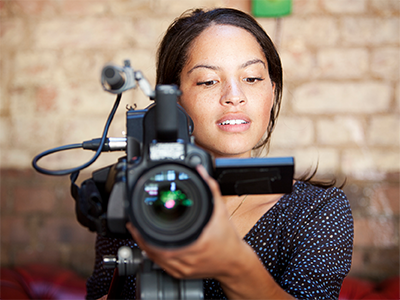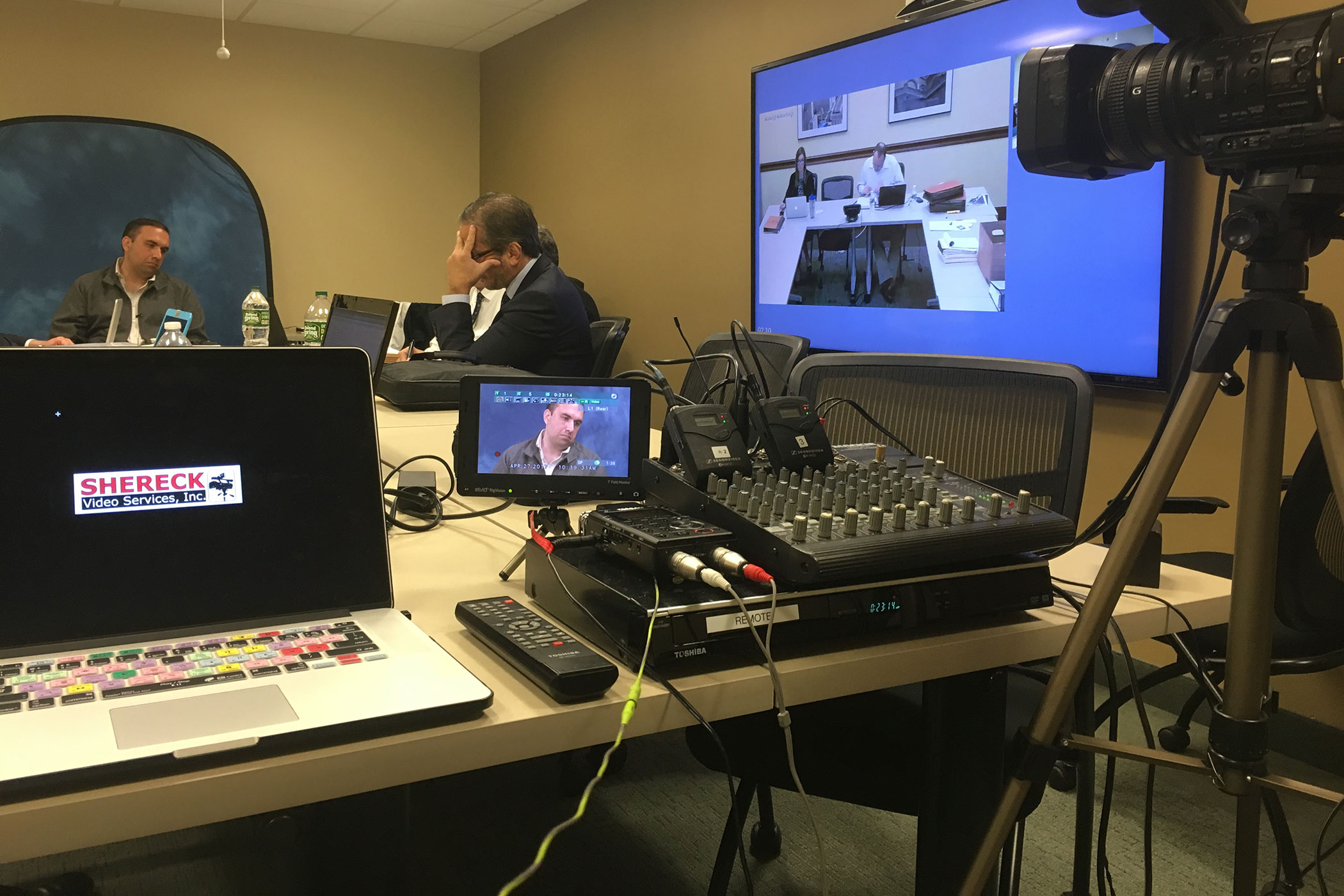Why Legal Videography Is Crucial for Accurate Court Recordings
The role of lawful videography in court room settings can not be overemphasized, as it offers as an essential device for maintaining the stability of court records. The effects of integrating legal videography into standard courtroom practices elevate crucial concerns concerning its more comprehensive effect on the legal system.
Significance of Visual Proof
In the realm of lawful process, the relevance of visual proof can not be overemphasized. Visual proof functions as an effective tool in developing facts, corroborating statements, and boosting the overall clearness of a situation. This sort of evidence, which consists of photographs, video clips, and representations, can supply a concrete context that spoken descriptions frequently lack, therefore offering courts and judges a clearer understanding of the scenarios surrounding an instance.
Furthermore, aesthetic proof help in the retention of information. Human cognition is inherently visual, and individuals are most likely to bear in mind and understand details provided in an aesthetic format. In the court, this can be critical, as engaging aesthetic evidence can sway viewpoints and enhance the story presented by legal agents.
Furthermore, the usage of aesthetic proof can decrease misunderstandings and uncertainties that commonly emerge from spoken exchanges. By giving a straight depiction of occasions, aesthetic proof aids to remove subjective analyses and cultivates a much more unbiased exam of the realities. The combination of aesthetic evidence right into lawful process not only enhances the stability of the judicial process but also boosts the probability of accomplishing a just outcome.
Recording Non-Verbal Signs
Using advanced videography strategies can dramatically boost the capture of non-verbal hints throughout lawful proceedings. Non-verbal interaction, consisting of facial expressions, body movement, and eye get in touch with, plays a vital function in conveying feelings and intentions that might not be explicitly mentioned in verbal testament. legal videography. Legal videography employs high-def cameras and strategic angles to make certain that these subtle signs are tape-recorded with quality and precision
The capacity to evaluate non-verbal actions can provide beneficial context to statements made throughout court sessions. A witness's reluctance or self-confidence can be analyzed through their posture or gestures, possibly influencing the jury's perception of credibility. Furthermore, using close-up shots can aid concentrate on an audio speaker's expressions, enabling an extra nuanced understanding of the testimony.
Additionally, incorporating several electronic camera angles can create a detailed sight of interactions, highlighting dynamics between parties involved. This diverse approach not just enhances the precision of the court record however likewise help in maintaining the integrity of the judicial process - legal videography. Ultimately, recording non-verbal hints through legal videography promotes a richer, more complete representation of courtroom process

Enhancing Testament Dependability
The integrity of testament can be dramatically boosted through making use of top quality lawful videography. Video recordings work as an unbiased medium that captures not just the talked words of witnesses however additionally the nuances of their shipment, consisting of tone, pacing, and emotional expressiveness. This diverse documents provides a clearer understanding of the witness's reliability and purposes, which can be pivotal in legal process.
Moreover, legal videography lessens the potential for misinterpretations that might occur from composed records alone. When jurors can observe a Discover More Here witness's demeanor and body language combined with their testament, they are much better outfitted to evaluate the credibility and integrity of the proof offered. This aesthetic context can reinforce the testimonial narrative, making it much more compelling and trustworthy.
In addition, the visibility of a video clip recording can deter potential inconsistencies in statement. Witnesses may be much more careful in their declarations when they understand they are being taped, bring about even more exact and sincere accounts. Generally, high-grade lawful videography improves the honesty of testament, making sure that the court has accessibility to a total and honest representation of the realities as shared by the witnesses.
Sustaining Appeals and Reviews
Legal videography plays an essential duty in sustaining appeals and evaluations by giving a comprehensive visual document of courtroom procedures. This visual documents records not only the spoken words of witnesses and lawyers however likewise the nuances of body movement, intonation, and courtroom characteristics. Such aspects can be pivotal in understanding the context of testaments and disagreements presented.
In the appellate procedure, where the focus gets you can check here on errors of law and procedural justness, a video document can act as an important device for appellate courts. It allows courts to examine the initial trial context, guaranteeing that choices are based on a full understanding of the procedures. The capacity to visually analyze the temperament of witnesses or the interactions in between celebrations can reveal insights that created transcripts might neglect.

In addition, legal videography can help in clarifying uncertainties in testaments or step-by-step rulings, thus enhancing the basis for an allure. By offering a trusted, objective account of what taken place in court, legal videography not just supports the integrity of the legal process however additionally encourages all parties included to make educated choices concerning their instances.
Enhancing Court Procedures
Enhancing court performance, lawful videography simplifies procedures by supplying instant access to aesthetic documents of procedures. This innovation permits judges, attorneys, and juries to review vital statement and evidence, ensuring that all events have a clear understanding of the situation. By capturing the subtleties of spoken and non-verbal interaction, videography enhances the record, making it simpler to grasp the context and weight of testaments.

Furthermore, video recordings can assist in remote involvement in hearings, permitting better adaptability in organizing and engagement, which is specifically beneficial in intricate cases involving multiple stakeholders.
Conclusion
To conclude, legal videography plays a vital role in ensuring accurate court recordings by giving essential visual evidence that records both spoken and non-verbal interaction. This method enhances the reliability read of testaments, sustains appellate evaluations, and enhances court procedures. By promoting an extensive understanding of courtroom characteristics, lawful videography eventually adds to extra fair judicial outcomes, reinforcing the stability of the legal system and facilitating notified decision-making.